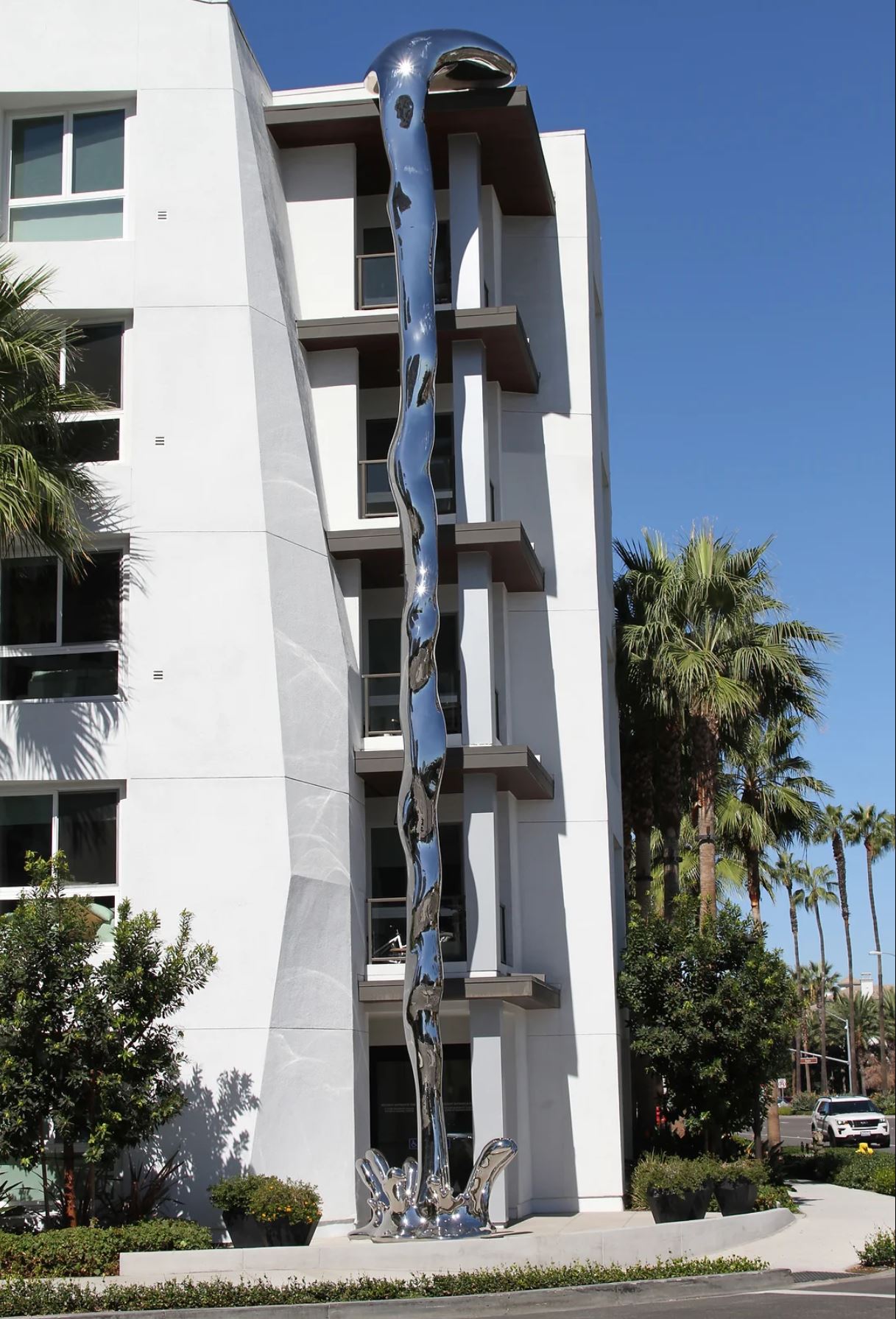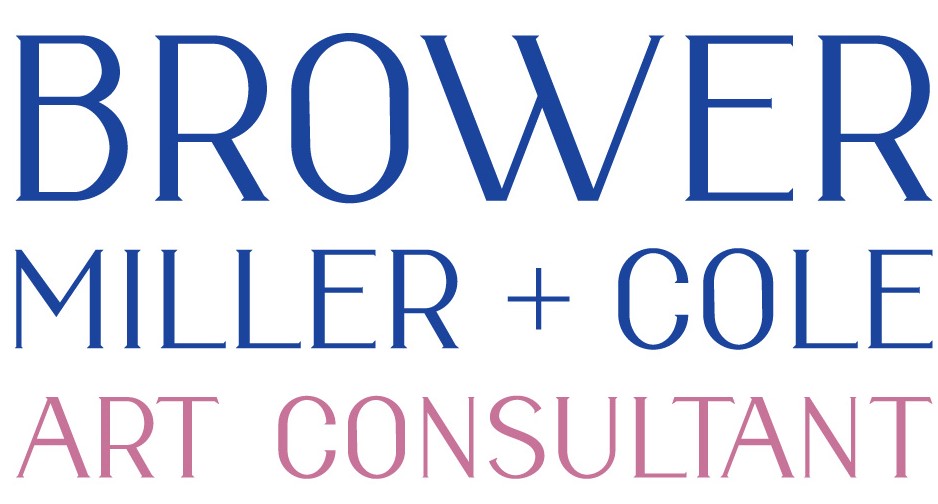What Can a 1% Spend Do For Your Multifamily (Or Senior Living or Hospitality) Asset?

Mercury Falling by Jorg Dubin
Mercury Falling (c) Jorg Dubin, artist and photo credit
Perhaps you’ve acquired a $250 million value-add multifamily community.
Likely you intend to spend at least an additional 15 percent of the acquisition cost on renovations and deferred maintenance to generate added value.
That makes sense. Pretty much everyone does that.
But what if you want to be above average?
What if you spent just one additional percent on making the property a standout in the neighborhood, attracting more prospects, retaining more of your current tenants, and justifying higher rents than your competition can?
What if that same single percent also makes the asset more valuable to potential buyers in the future?
And imagine if that same action made your asset a better neighbor in the area and improved your relationship with the city council and staff in that city?
That’s a no-brainer, right?
What in the world can that one percent be spent on that would have so very many benefits to the bottom line?
The answer is spending that one percent on stellar artwork. Honest.
Instead of slapping up a few pieces of framed color copies or bland photography inside your property, you can increase the true value of the asset by acquiring and installing some compelling and valuable art.
People don’t have to be art aficionados to see and feel the difference when they’re surrounded by real original art.
According to a survey by Art magazine, in 2019 alone more than 30 million people visited America’s art museums.
To put that in context, that’s nearly twice the number of people who visited Disneyland (18.7 million) that same year.
Further, as mentioned in one of my earlier posts, a scientific study of random subjects found that brain scans of subjects showed as much as a 10 percent increase in blood flow to certain parts of the brain when they looked at paintings they found beautiful.
According to the scientists, this is equivalent to the increase in blood flow to the brain when a person sees someone they love. And it appears to hit that same area of the brain.
So good art will actually make people love your project!
That means that prospects will be more likely to become residents, residents will be more likely to renew, and the staff will be happier (the study shows that the staff is also positively impacted by art they like).
In addition, your asset is worth more because art typically appreciates in value, while all the other fixtures, furniture and mechanical systems do not.
So, in which areas of your property do you focus the art?
Start outside your front door. Part of your budget is spent on a strong statement sculpture in front of the property, which immediately gives your asset landmark status.
It’s available for the entire city to see, and it creates a real sense of place and a sense of arrival for prospects and residents.
It also publicly announces the quality of the asset.
One of example of that is Mercury Falling, a 60-foot piece by Jorg Dubin that travels from the roof to the sidewalk of a multifamily in Irvine, California.
You can bet that people who work at, work on, and live in that community tell people “you know, the one with the big splash of mercury falling.”
Beyond the public art at the entrance, where else should key pieces be placed?
The lobby can feature several compelling paintings and/or sculpture that continue the upscale welcome to the property. It’s clear to those entering that your community is a cut above.
The high quality of your work, as well as your level of taste and your attention to detail are all evident when people see that the art is good.
Where else can art have a major impact?
The other common areas, including the clubhouse, swimming pool, workspace and gym, are all places in which good art is key. The art will elevate the aesthetic of each area. Those touring the property will see all of these spaces, and those living within the property are likely to visit several of these areas each week.
In some of the common spaces, you want paintings. In others, you’ll want sculpture or murals.
For less important areas, such as hallways, and the non-focal points of the common areas mentioned above, you can save money by having your interior designer put up mirrors, photography and textural wall décor. Those pieces certainly have a place in the project, they’re just not the best choice for your primary focus in the gathering places. And these other areas should hold decor, not cheap art prints that downgrade the appearance of your property.
Your project will also look better in its marketing materials as the spaces will be more enticing when photographed for your website, ads and other materials.
Great publicity and social media content can also be created surrounding your art collection at the property. After all, your property’s collection will be an interesting visual difference in a sea of sameness.
It’s that simple, and that beneficial.
Simply create one extra percent in your initial proforma to grow your rents, grow your recognition within the city, be seen as the standout above your competition, and literally look better and command an increased value when you’re ready to dispose of the asset.
Finally, remember that unlike most of what you’re buying, art doesn’t go out of style or need to be replaced with age.
Naturally, I’d be delighted to handle the art selection for you and ensure it comes in on budget, reflects your design aesthetic, and appeals to your target audience.
You will be pleased to find that your pride in your project will grow as the art greatly increases the value and stature of your asset from pre-leasing through disposition.
